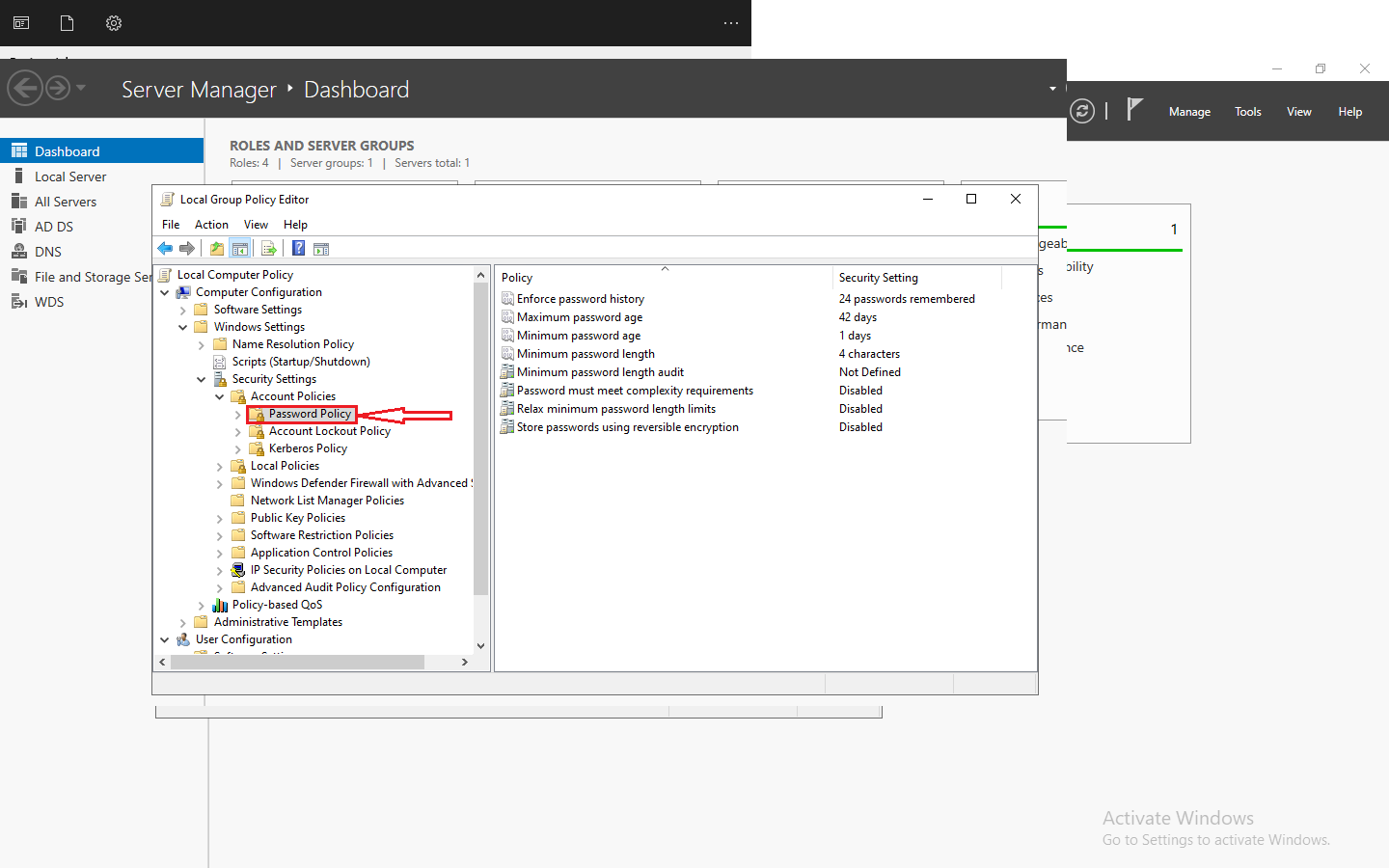Introduction
In the dynamic landscape of cybersecurity, effective network monitoring is paramount. Among the robust tools available, Zeek monitoring stands out as a versatile solution, providing valuable insights into network activities. In this blog post, we will delve into the world of Zeek monitoring, exploring its purpose, applications, and step-by-step instructions on installation and configuration.
Understanding Zeek Monitoring
Zeek, formerly known as Bro, is an open-source network security monitoring framework. Unlike traditional monitoring tools, Zeek focuses on providing high-level insights into network traffic, enabling administrators to detect and respond to security incidents effectively. Zeek excels in protocol analysis, metadata extraction, and behavior profiling, making it an invaluable asset in today’s cybersecurity arsenal.
What is Zeek Monitoring Used For?
Zeek monitoring serves various purposes in enhancing network security:
- Network Traffic Analysis: Zeek dissects network traffic, providing detailed insights into communication patterns, protocols used, and potential anomalies.
- Security Incident Detection: Zeek excels in detecting security incidents by analyzing patterns indicative of malicious activities, such as unusual network behavior or communication with known threat sources.
- Forensic Analysis: In the event of a security incident, Zeek logs offer a rich source of information for forensic analysis, aiding in understanding the scope and impact of the incident.
- Compliance Monitoring: Zeek can contribute to compliance efforts by monitoring network activities and generating logs that can be used for auditing and compliance reporting.
Installation of Zeek Monitoring
Now, let’s walk through the steps to install and configure Zeek monitoring on your system.
Prerequisites:
Before starting the installation process, make sure your Ubuntu system meets the necessary prerequisites. Typically, you need a clean installation of Ubuntu with administrative privileges.
- Update System Packages
Open a terminal and ensure that your system packages are up to date by running the following commands.
sudo apt update
sudo apt upgrade
2. Install Dependencies
Zeek has several dependencies that need to be installed. Run the following command to install the required dependencies.
sudo apt install cmake make gcc g++ flex bison libpcap-dev libssl-dev python3
3. Download Zeek
Navigate to the Zeek download page on the official website: Zeek Downloads. Copy the link to the latest stable release.
4. Install Zeek
In the terminal, use wget to download the Zeek source tarball.
wget https://download.zeek.org/zeek-6.0.2.tar.gz
Extract the downloaded tarball.
tar -xzf zeek-.tar.gz
Move into the extracted directory.
cd zeek-<version>
Run the configuration script.
./configure
Build and install Zeek.
make
sudo make install
This will compile and install Zeek on your system.
5. Set Environment Variables
To make Zeek easily accessible, add its binary directory to your PATH environment variable. Edit your shell profile file (e.g., ~/.bashrc or ~/.zshrc) and add the following line.
export PATH=$PATH:/usr/local/zeek/bin
Then, reload your shell or run source ~/.bashrc (or the appropriate command for your shell).
6. Verify Installation
Verify that Zeek is installed correctly by running.
zeek -v
This should display the installed Zeek version.
7. Configuration
Customize Zeek’s configuration based on your network environment. The main configuration file is typically located at /usr/local/zeek/etc/zeekctl.cfg. Adjust settings such as network interfaces and logging preferences.
8. Start Zeek
Start Zeek using the following command.
zeekctl deploy
This will deploy Zeek based on your configuration.
Congratulations! You’ve successfully installed Zeek on your Ubuntu system. You can now proceed with further customization of Zeek’s configuration to suit your specific monitoring requirements.
Conclusion
Zeek monitoring emerges as a powerful tool for safeguarding network security, offering unparalleled visibility into network activities. Moreover, by comprehending its applications and adhering to the installation and configuration steps outlined in this guide, you can effectively harness the full potential of Zeek to fortify your cybersecurity defenses. Elevate your network monitoring capabilities with Zeek and stay one step ahead in the ever-evolving landscape of cyber threats.












